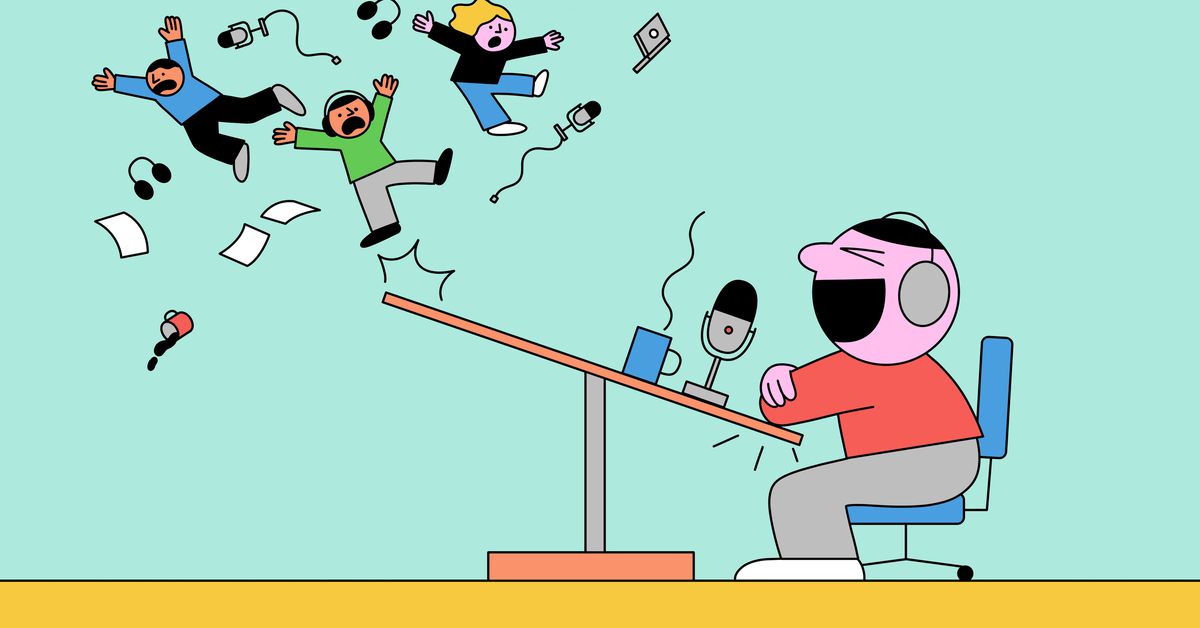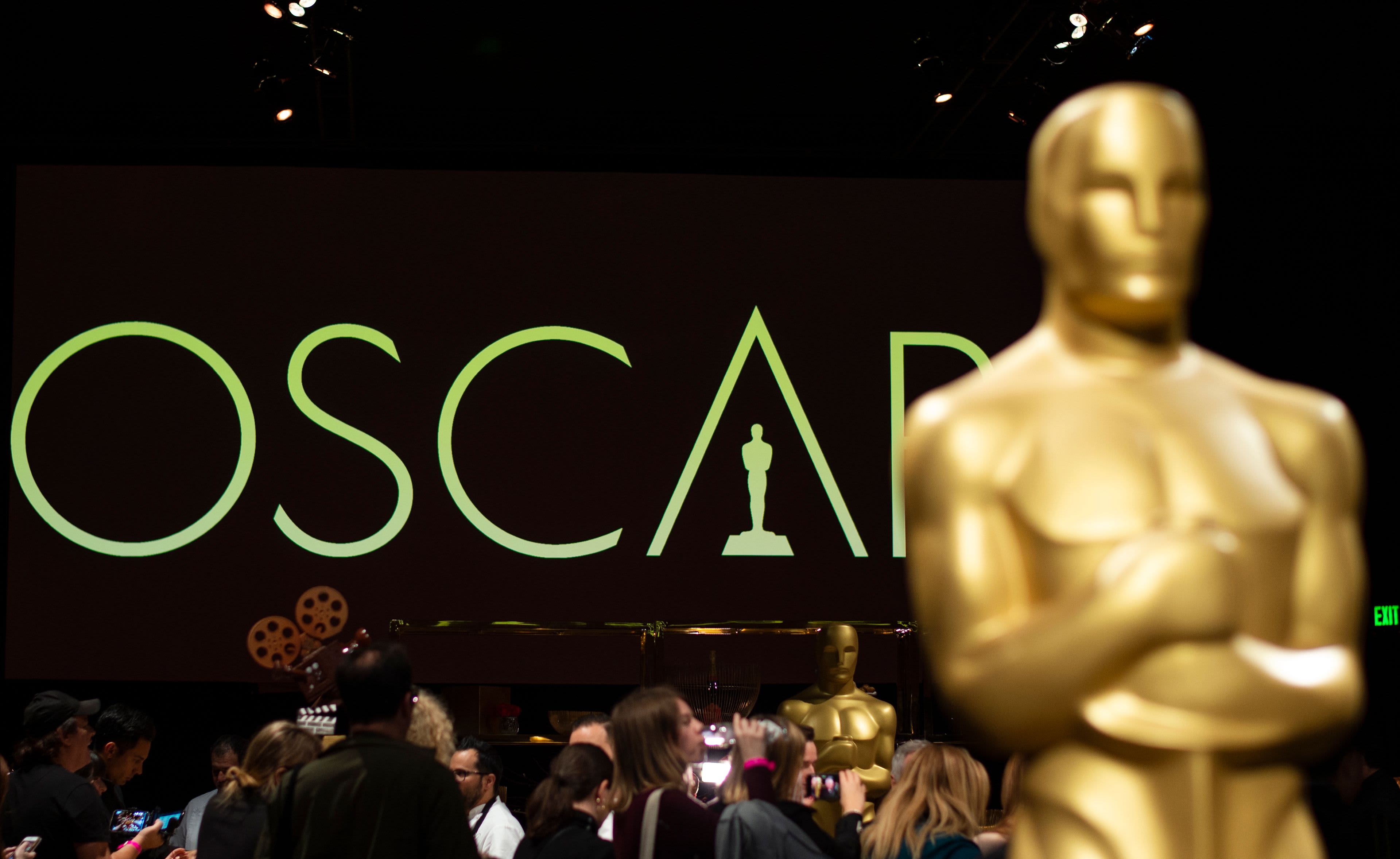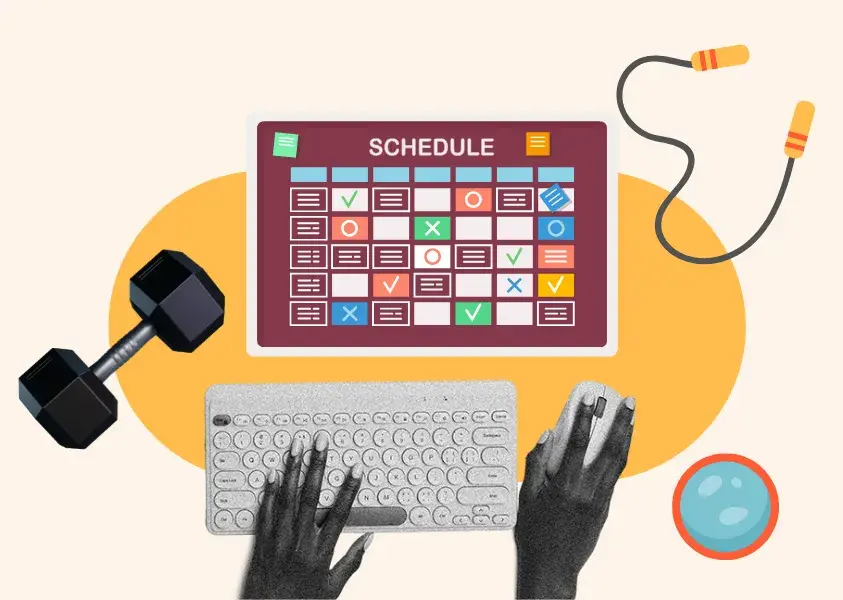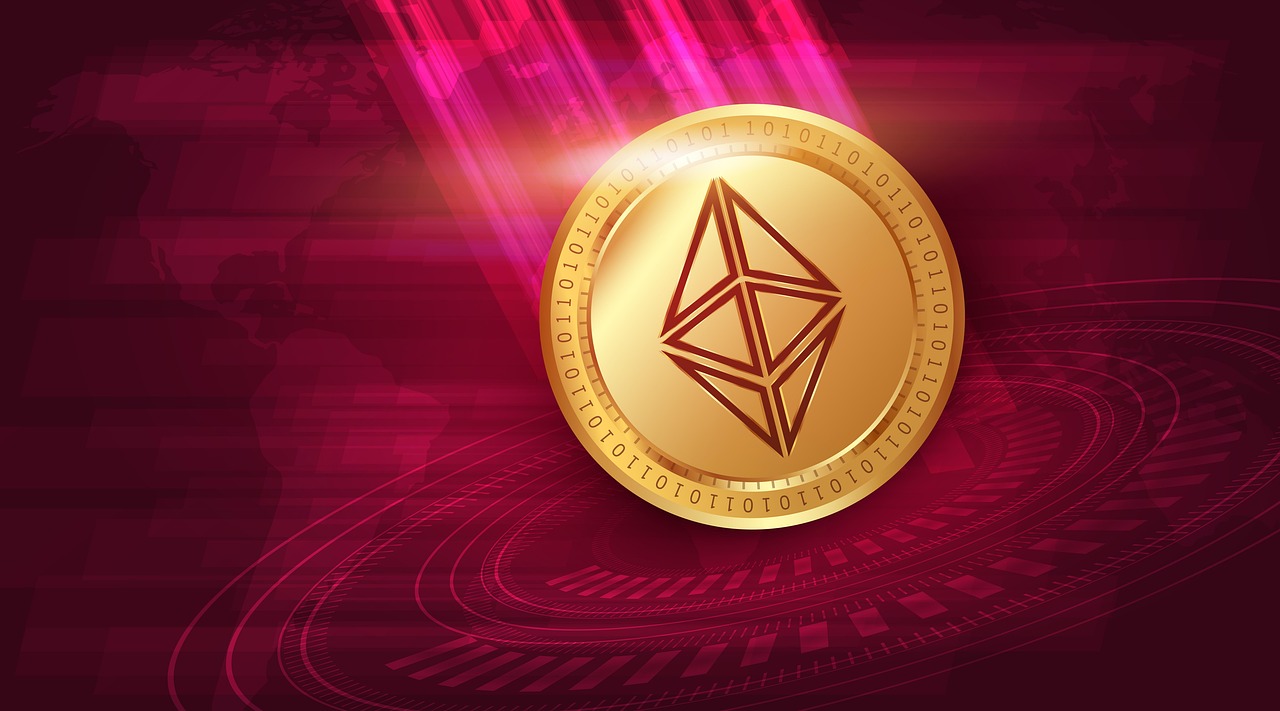Feds are investigating Tesla ‘Full Self-Driving’ crashes in reduced visibility
Image: Owen Grove / The VergeNHTSA is opening a preliminary evaluation into Tesla’s Full Self-Driving mode (FSD) over the possibility of crashes in reduced roadway visibility conditions. The agency is opening the investigation after noting four reports of incidents...
/cdn.vox-cdn.com/uploads/chorus_asset/file/24801728/Screenshot_2023_07_21_at_1.45.12_PM.jpeg)
NHTSA is opening a preliminary evaluation into Tesla’s Full Self-Driving mode (FSD) over the possibility of crashes in reduced roadway visibility conditions. The agency is opening the investigation after noting four reports of incidents like that, including one last November in Rimrock, AZ, where a Model Y struck and killed a pedestrian, as reported by TechCrunch.
The Office of Defects Investigation (ODI) has identified four Standing General Order (SGO) reports in which a Tesla vehicle experienced a crash after entering an area of reduced roadway visibility conditions with FSD -Beta or FSD -Supervised (collectively, FSD) engaged.
In these crashes, the reduced roadway visibility arose from conditions such as sun glare, fog, or airborne dust. In one of the crashes, the Tesla vehicle fatally struck a pedestrian. One additional crash in these conditions involved a reported injury.
The investigation calls out vehicles with FSD available, including the 2016-2024 Model S and Model X, 2017-2024 Model 3, 2020-2024 Model Y, and 2023-2024 Cybertruck.
NHTSA says the Preliminary Evaluation will assess:
- The ability of FSD’s engineering controls to detect and respond appropriately to reduced roadway visibility conditions;
- Whether any other similar FSD crashes have occurred in reduced roadway visibility conditions and, if so, the contributing circumstances for those crashes; and
- Any updates or modifications from Tesla to the FSD system that may affect the performance of FSD in reduced roadway visibility conditions. In particular, this review will assess the timing, purpose, and capabilities of any such updates, as well as Tesla’s assessment of their safety impact.
NHTSA’s notice of this evaluation comes a week after Tesla revealed a new driverless Cybercab robotaxi vehicle.
Another factor is Elon Musk’s insistence that computer vision-based self-driving systems are the way forward, calling sensor-based systems “doomed” and “a fool’s errand” compared to Tesla’s camera-based FSD. Meanwhile, robotaxi companies like Waymo use suites of sensors, including lidar, cameras, and radar for self-driving vehicles, and other automakers include lidar and radar for their driver assistant features.

 Hollif
Hollif 
























.jpg&h=630&w=1200&q=100&v=154b70b92d&c=1)







